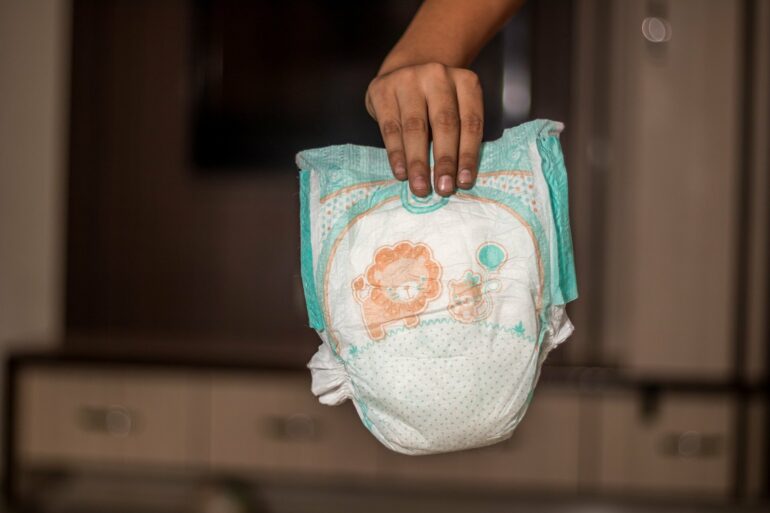Up to 8% of the sand in concrete and mortar used to make a single-story house could be replaced with shredded used disposable diapers without significantly diminishing their strength, according to a study published in Scientific Reports. The authors suggest that disposable diaper waste could be used as a construction material for low-cost housing in low- and middle-income countries.
Disposable diapers are usually manufactured from wood pulp, cotton, viscose rayon, and plastics such as polyester, polyethylene, and polypropylene. The majority are disposed of in landfill or by incineration.
Siswanti Zuraida and colleagues prepared concrete and mortar samples by combining washed, dried, and shredded disposable diaper waste with cement, sand, gravel, and water. These samples were then cured for 28 days. The authors tested six samples containing different proportions of diaper waste to measure how much pressure they could withstand without breaking.
They then calculated the maximum proportion of sand that could be replaced with disposable diapers in a range of building materials that would be needed to construct a house with a floorplan area of 36 square meters that complies with Indonesian building standards.
The authors found that disposable diaper waste could replace up to 10% of the sand needed for concrete used to form columns and beams in a three-story house. This proportion increased to 27% of sand needed for concrete columns and beams in a single-story house. Up to 40% of the sand needed for mortar in partition walls can be replaced with disposable diapers, compared to 9% of the sand in mortar for floors and garden paving. Together, up to 8% of the sand in all of the concrete and mortar building materials required to build a single-story house with a floorplan of 36 square meters can be replaced with disposable diaper waste—equivalent to 1.7 cubic meters of waste.
The authors note that wider implementation of their findings would require the involvement of stakeholders in government and waste treatment in developing processes for the large-scale collection, sanitizing, and shredding of diaper waste. Additionally, building regulations would need to be modified to allow the use of diaper waste as a construction material.
More information:
Siswanti Zuraida, Application of non-degradable waste as building material for low-cost housing, Scientific Reports (2023). DOI: 10.1038/s41598-023-32981-y. www.nature.com/articles/s41598-023-32981-y
Provided by
Nature Publishing Group
Citation:
Researchers propose replacing construction sand with shredded disposable diapers (2023, May 18)



